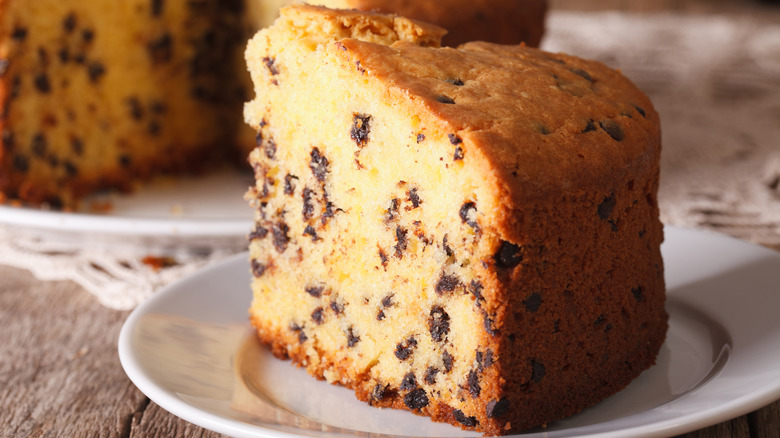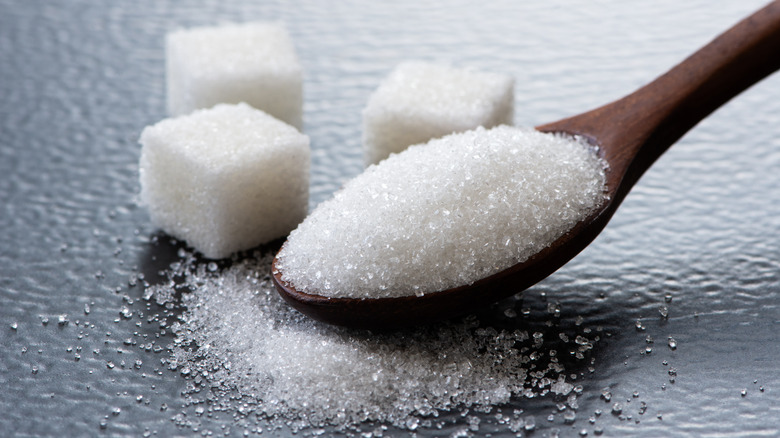What Makes Kuchen Different From Other Cakes?
There's a reason why kuchen is known as the state dessert of South Dakota, per South Dakota Magazine. The dough combined with a decadent filling of fruit, custard, or other treats puts a new spin on the term "cake." In fact, that's the approximate translation of this German delicacy, though as Farmer's Almanac puts it, it's best to think of it as a pie and cake hybrid. But where did kuchen come from?
When homesteaders settled in South Dakota, they unpacked tools, clothes, and kuchen. During this time, around the 1880s, "kaffee and kuchen" became the norm for Germans in the area, per Argus Leader. According to AllRecipes, this means "coffee and cake," which typically occurs during the hours of 2 p.m. and 5 p.m. Loved ones and friends join together to chat over such food and drinks, and to this day, this meaningful event is held in Germany, Austria, and certain areas of Switzerland.
Kuchen has become so popular that there's even a festival dedicated to the dessert in Delmont. But if you don't live in South Dakota and don't feel like baking one, you can always order them online through various bakeries.
Before you dig into one, just know that kuchen probably won't taste like regular ol' cake with frosting and sprinkles. So let's talk about what makes it different and unique.
Not very sweet
It's not that kuchen isn't sweet. It just doesn't use as much sugar as other cake or pie recipes. For instance, one birthday cake ingredient list may call for two cups of sugar for the cake and 3.25 cups of sugar for the frosting via Food Network. This is 5.25 cups of sugar in total. Meanwhile, a peach custard kuchen by Farmer's Almanac only requires two tablespoons of sugar for the crust and ⅓ cup of sugar for the filling. This isn't even a full ½ cup of sugar, though to be fair, there's also some sweetness from one teaspoon of cinnamon and a 16-ounce can of peaches.
As you probably have guessed, the lack of sugar in kuchen recipes is evened out by the myriad of topping options. Custard, berries, figs, plums, and a crowd-favorite, peaches, are standard additions to kuchen. These may make kuchen a tad sweeter, but on the whole, it's probably best to place it toward the "less sweet" side of the spectrum.
At this point, you might be wondering why anyone would eat kuchen if it has so few sweet flavors. Well, that's what's special about German cuisine. In fact, Valora Stories explains that "Germans" and "sweet tooth" don't really go hand-in-hand, as 63.2% of them gravitate toward savory flavors when choosing a snack. In short, kuchen is simply perfect for those who don't have a big sweet tooth but still crave fruity flavors and soft custard textures.

